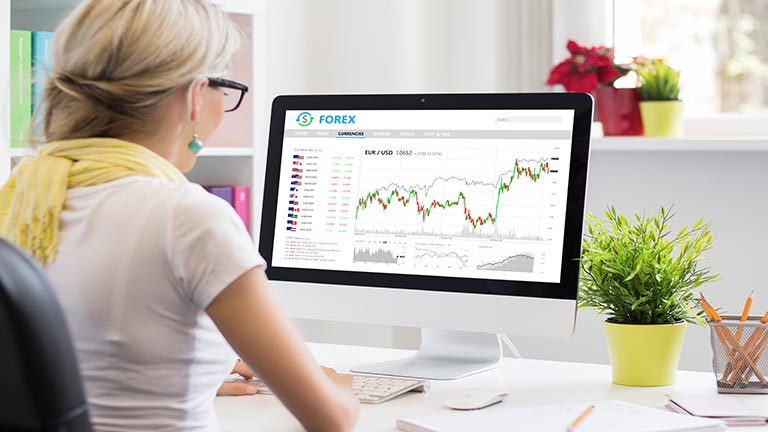Will Oil Futures Skyrocket if the Fed Reduce Interest Rates?

By Dale Gillham and Fil Tortevski
With recent geopolitical upheavals, economic shifts, and fears of tightening supply, you might expect oil prices to skyrocket. But on the contrary, the oil price (CL2Spot) has been trading sideways around $80 since mid-2022. This unusual development raises two key questions: firstly, has the market misread the true price of oil, and, more importantly, is there a lucrative trading opportunity present?
Is there a lucrative trading opportunity looming?
Before we explore potential trading opportunities, it’s essential to understand the global context. U.S. commercial crude oil inventories recently fell by 4.5 million barrels, exceeding expectations. This tightening of supply would typically drive prices up.
However, China’s economic slowdown is a major counterbalance. As the world's largest oil importer, China's reduced oil imports and refinery activity indicate weaker economic growth, exerting downward pressure on prices.
With these opposing forces keeping oil prices stable, what could trigger a breakout? Enter the Federal Reserve. With the Fed hinting at a potential rate cut in last week's meeting, we could soon see an increase in demand for oil, as a weaker U.S. dollar makes oil cheaper for other currencies globally.
Turning to the oil futures price (CL2Spot), the current sideways move is tightening, suggesting we are close to some explosive price action. Volatility is expected, as it is unusual for oil prices to remain sideways for such an extended period. The last period of similar stability was between 2011 and 2014, around $95, followed by a dramatic decline of over 70 per cent in less than two years.
So, with the Fed’s decision looming and oil prices due for a directional move, I encourage you to closely monitor the price of oil as a fantastic trading opportunity may be just around the corner.
What were the best and worst-performing sectors last week?
The best-performing sectors included Communication Services, up 2.14 per cent, followed by Information Technology, up 1.93 per cent and Real Estate, up 1.60 per cent. The worst-performing sectors included Health Care, down 0.36 per cent, followed by Materials and Financials, both down 0.21 per cent.
The best performing stocks in the ASX top 100 included Technology One, up 7.80 per cent, followed by Newmont Corporation, up 7.02 per cent, and Seek Limited, up 6.99 per cent. The worst-performing stocks included Arcadium Lithium, down 13.37 per cent, followed by Domino’s Pizza, down 10.02 per cent, and Paladin Energy, down 9.01 per cent.
What's next for the Australian stock market?
With the All-Ordinaries Index breaking the previous all-time high of 8,329 points last week, we saw early dominance from the buyers, but heavy selling came in on Friday, to close the week up just under half a per cent. In my previous report, I mentioned that we would gain more insight into our market's future based on the sellers' efforts. Given that they only exerted pressure for one week, which buyers quickly overran, it's clear where we are heading next.
I anticipate that our market is heading towards 9,000 points in the medium term. The question is, how will the market reach that level? Will it plod or rocket to 9,000 points? Let's break it down.
Firstly, the reporting season is approaching. A positive reporting season could see stocks and the All Ords rise quickly, while lacklustre results, especially in major sectors like finance and materials, might lead the market to edge up more slowly, with more peaks and valleys along the way.
Second, and more importantly, is the materials sector’s next move. Will it wake up? What's interesting is that we might have just seen the beginning of this market giant awakening, because the price for the month of July has managed to hold above the previous significant low of October 2023.
A monthly close below the October 23 low would have signalled real cause for concern and increased the likelihood of a weaker index. However, with the materials sector closing above 16,687 points, we could be on the brink of a strong upward move, adding the necessary catalyst to spur the market to 9,000 points quickly.
So, if the materials sector has indeed found its low and we achieve a strong reporting period, then expect our market to rocket up. This means a strategy designed to capture fast volatility could be the best approach over the next couple of months.
For now, good luck and good trading.
Dale Gillham is the Chief Analyst at Wealth Within and the international bestselling author of How to Beat the Managed Funds by 20%. He is also the author of the bestselling and award-winning book Accelerate Your Wealth—It’s Your Money, Your Choice, which is available in all good bookstores and online.






